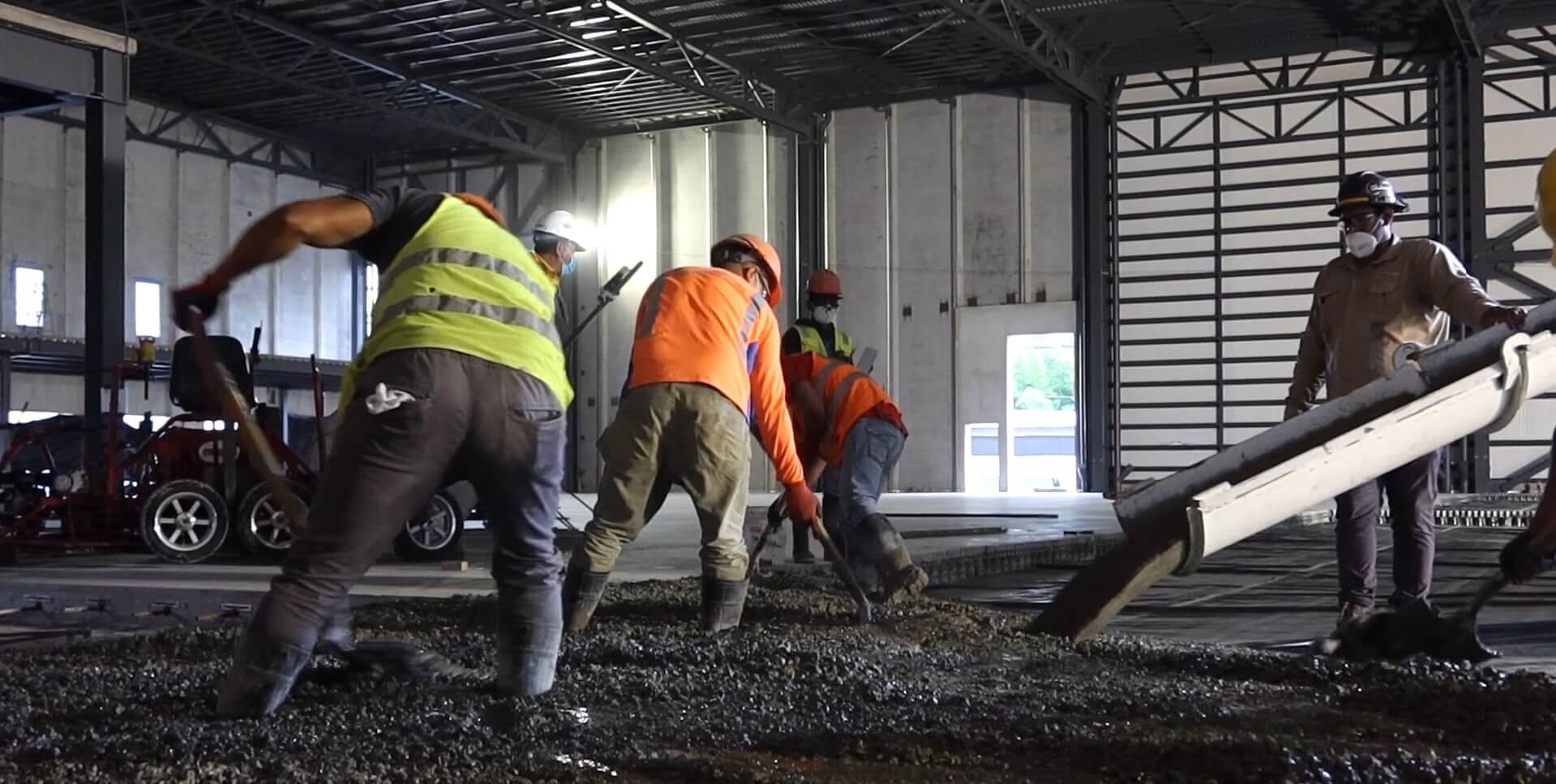Our client, a medical device manufacturing company in the area of sports and therapeutic medicine, established operations in Coyol Free Zone in 2017. Thanks to the benefits it has enjoyed in Costa Rica, CFZ’s operational expertise and the extraordinary Costa Rican human talent, our client has constantly expanded and diversified its operations within the Free Zone.
This client started Phase I operations with a manufacturing area of 20,740 m2 (223,243 square feet) and received the LEED Silver certification. It is currently in the process of expanding its Phase II, which consists of a warehouse space of 5,555 m2 (59,794 square feet). Likewise, during 2019, it opened an additional area related to the operation of its Global Business Services Center, which has a capacity for 450 employees.
As part of our philosophy and our customer-focused expansion process towards Phase II in this manufacturing plant, the Coyol Free Zone Engineering team is on top of every detail so that the infrastructure delivered to the customer meets the highest international quality standards.
How to maximize operational efficiency in a storage area?
Among the strategies used to maximize the storage area and operational efficiency, the slab is built with jointless flooring, which, among other benefits, minimizes the number of joints on the surface.
A jointless floor space is a large piece of concrete without intermediate joints, which seeks to reduce rolling resistance and extend the life of forklifts and trucks. This jointless flooring system offers ideal characteristics for this type of operation.
The reinforced concrete with steel fiber is placed using specialized equipment called “Laser Screed” – used to meet the specifications for floor flatness and leveling. The steel fiber reinforcement reduces the appearance of cracks, provides greater durability, and a better finish.
The project consists of 5,555 m2 (59,794 square feet) of jointless flooring with a thickness of 8 inches (20 cm) – a requirement for anchoring the racks. In addition, armored joints are needed to reduce shocks and thus increase the life span of the equipment tires. For the final stage, there is a sealed finish that protects against possible stains.
The complete process is carried out at night and during the early morning hours, which is vital for the process since the absence of traffic on the roads increases the frequency in the delivery of the concrete. During the casting process, concrete is unloaded from trucks every 10 minutes approximately.
The installation of the jointless flooring in this area was successfully achieved within 8 to 10 days. Thanks to the coordination of processes managed by our team to deliver the project on time and within the estimated budget, it was carried out uninterruptedly and ran parallel to supporting processes.
Learn more about infrastructure development for Life Sciences here.

